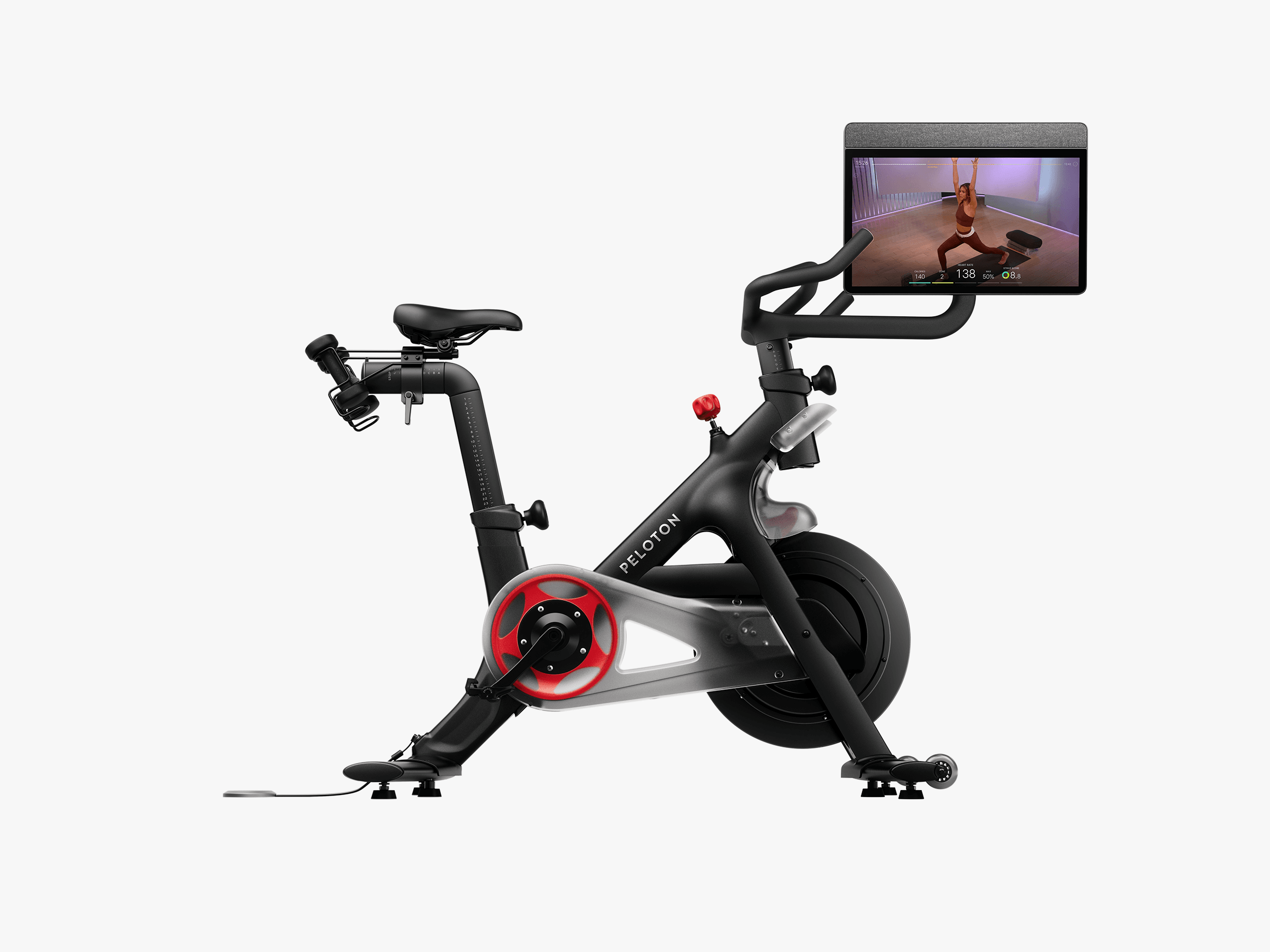Do you remember whatever became of your old Peloton bike or tread? The at-home fitness company was one of the most famous casualties of the postpandemic bust. After the company made huge bets on home gyms, many of us returned to our in-person or outdoor workouts. Peloton floundered. The company’s equipment was featured as the cause of death in multiple TV shows. CEO and cofounder John Foley stepped down. Amazon, Apple, and Nike were all floated as possible acquirers.
However, under the leadership of new CEO Peter Stern (formerly of Ford and Apple), Peloton’s stock has slowly risen over the past year. This year’s Strength+ app was an agile response to the fact that strength training has become one of Peloton’s leading fitness categories. Today, the company has its biggest launch in years. Peloton debuts a new AI-powered service with computer vision, called Peloton IQ, and is revamping its entire hardware lineup as part of a new Cross Training series meant to help users switch easily between cardio, yoga, and strength.
Together, the AI-enabled subscription service and new movement tracking capabilities purport to offer a dynamic, personalized workout experience, whenever and wherever you want.
Body Tracking

Courtesy of Peloton
Before new Peloton converts can experience Peloton IQ’s full range of offerings, it helps to have the updated hardware (of course). The new Bike, Tread, and Row all have a swivel screen to switch between floor and cardio exercises, as well as enhanced audio and upgraded processors, Wi-Fi, and Bluetooth.
The upgraded Plus line in the Cross Training Series comes at a higher price point and includes the movement tracking camera, speakers with a woofer and Sonos tuning, hands-free control, and a fan. Both of the bikes have a new cushioned seat, and the Bike+ has a phone tray.
Peloton gave me a virtual demo of the Peloton IQ, whose movement tracker has clearly taken a lot of learnings from 2022’s ill-fated Peloton Guide. While the Peloton IQ’s movement camera can also correct your form, it has taken a lot of the features from the Peloton Strength+ app, which supports the concept of a self-directed workout plan (informed, of course, by Peloton’s expert instructor-led classes).
Peloton chief product officer Nick Caldwell pointed out in a Zoom interview with WIRED that movement tracking at this level of specificity is unique to Peloton. This is not precisely true; you can get a similar workout tracking experience with a Tonal, and you can get in both cardio and weight lifting with something like a Speediance Gym Monster.
Peloton’s secret sauce has always been the unique combination of premium hardware with great workouts, popular music, and charismatic instructors, as well as how well, and flexibly, the software is organized.

Courtesy of Peloton
All of the workouts and suggestions are based on classes led by Peloton’s expert instructors (many of whom became celebrities in their own right). Peloton offers you more control than any other workout software I’ve ever used. In addition to the personalized plan, you can also use a workout generator or do a self-paced workout.
You can set your weight categories, from light to medium to heavy; you can swap or delete movements or add others from Peloton’s extensive workout library. You can opt to watch yourself and get real-time feedback, or you can watch an instructor perform the movements.
You can also incorporate third-party wearable data from Garmin, Fitbit, or Apple Health for ever more personalized recommendations. No matter how advanced Google’s or Apple’s hardware gets, neither company has put out its own treadmill or exercise bike.

Courtesy of Peloton
Peloton company has also partnered with several other leading fitness companies, which includes the Hospital for Special Surgery to create exercises for people recovering from or trying to prevent injury, and has acquired Breathwrk, a meditation and breathing app. And in an acknowledgment that one of Peloton’s greatest strengths has always been its large and active user base, the company is also launching new community features.
Since January, the Peloton app has had a feature called Teams that lets members join and curate content among themselves. Now, Peloton’s instructors will lead official Peloton Teams, like Move for Life, Hyrox Training, and Menopause Health Teams. Club Peloton will also recognize members who consistently workout with rewards and early access to content.
To accommodate the increase in services, Peloton will also be increasing its membership prices. An All-Access Membership is now increased from $44 to $50, and App+ membership will rise from $24 to $29. App One membership will rise from $13 to $16. All these increases will start in October.
The Price Is Right

Courtesy of Peloton
I’ve written before that Peloton saved me during the pandemic. Squeezing in 20 minutes of yoga or pushups was a sanity-saver when I was juggling a full-time job and two small children at home with no childcare.
Since then, however, I, like many other people, have gravitated toward activities that let me hang out with other people rather than separate me from them (see: run clubs). Even though I’m still a paying user of the Peloton Strength+ app, I use it at my local gym rather than in my house. (OK, sometimes I still do 15 minutes of stretching and calf raises in front of the TV.)
That, then, is the crux of the Peloton problem—to recast itself successfully, from an oblivious elitist status symbol to the flexible and not-unreasonably-priced workout app that those of us who use it know it to be. After all, Peloton’s equipment isn’t nearly as expensive as other treadmills we have tested. The company also seems to be one of the few fitness brands that’s aware that normal people are busy, get injured, and have jobs.
“Peloton was never meant to replace getting out of your home,” said Caldwell. “If you want to get out of your house, great! But people want instructed content … at a price point that is frankly higher value than most gyms. Gyms are expensive.”
The Cross Training series is available for purchase today, with the Cross Training Bike starting at $1,695, the Bike+ at $2,695, the Tread at $3,295, the Tread+ at $6,695, and the Row+ at $3,495 at Peloton’s website, Amazon, and Dick’s Sporting Goods.




